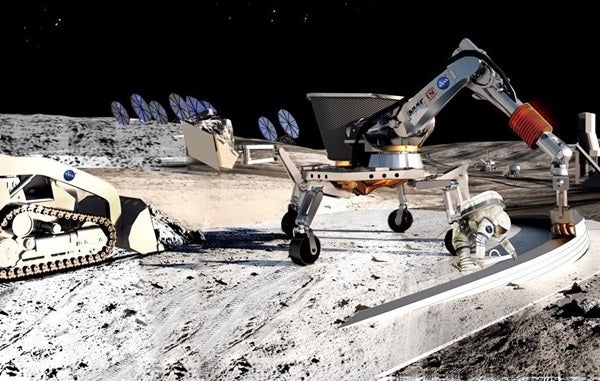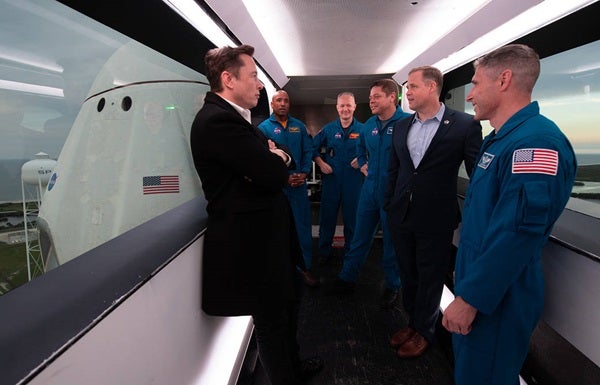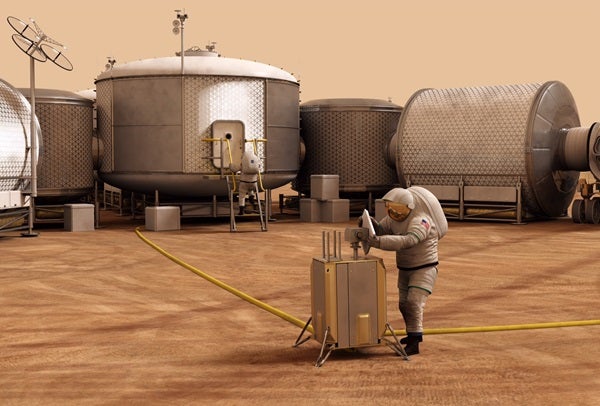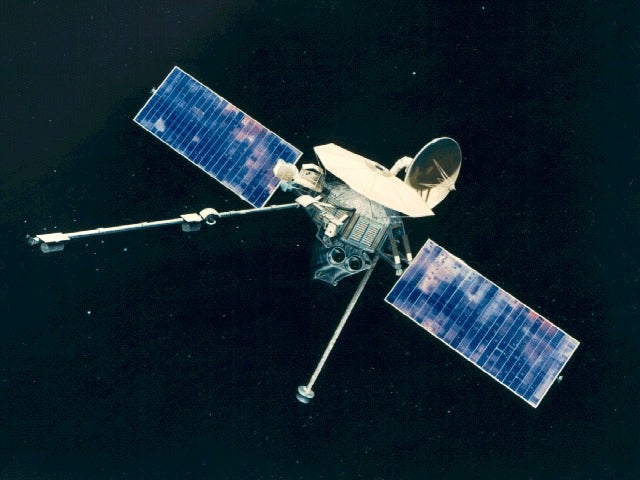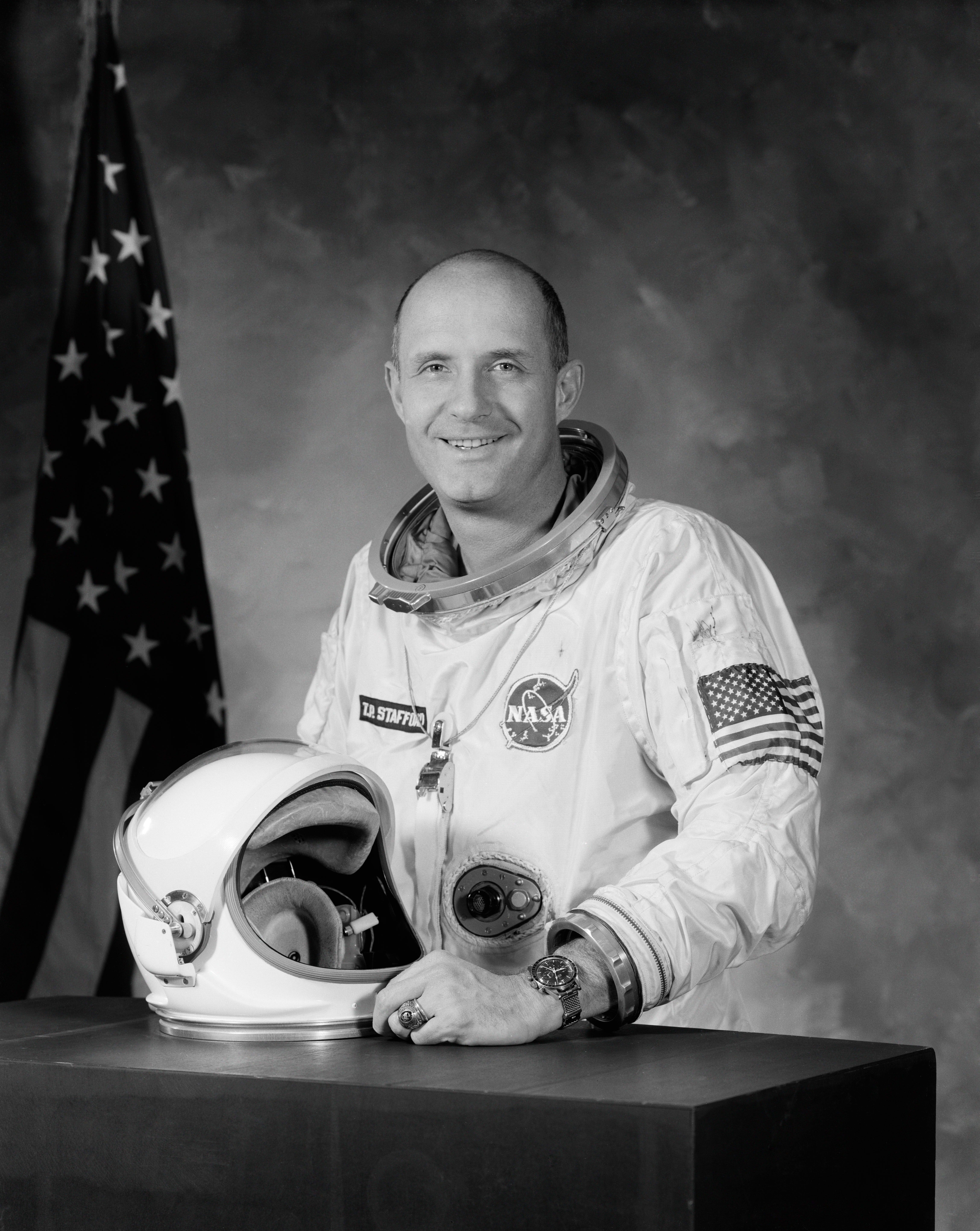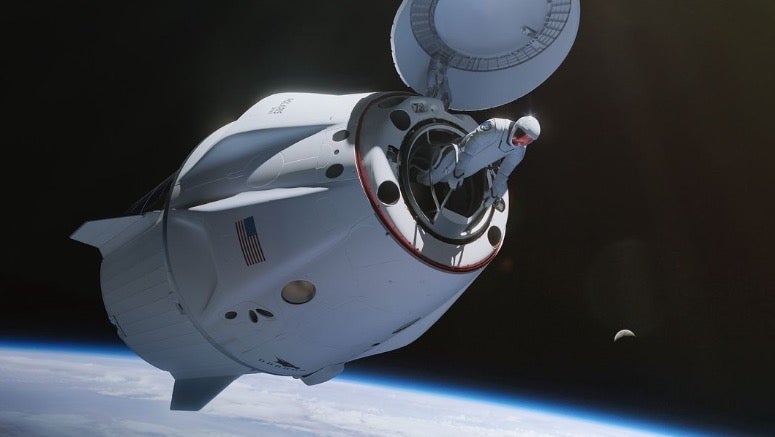Our adventurous and inquisitive spirit — as well as, perhaps, our innate desire to build wealth — is a major part of what makes humans human. And at present, it seems this eagerness for exploration has poised us on the edge of an entirely new era altogether, one that many think will gild the first trillionaires: the era of space mining.
Taking industry to space
At the brink of this new age, which is beginning at a time when humans are just coming to terms with the long-awaited consequences of the imperial epoch of global expansion, it is necessary to take a moment to talk about the non-monetary costs of a seemingly inevitable space rush.
Distant rocky worlds in the solar system entice development with the promise of mineral riches. And an entire industry has already begun to materialize with the sole concern of how to harvest the abundance of precious resources the solar system stores off-Earth. However, the rules of space mining are still quite vague — at best.
History, though, has already given us some glimpses of what the expansion might look like.
Take, for example, California, a popular site of the American gold rush. The owner of the land where the first gold flecks were found, John Sutter, died a pauper. It was the industrialists and merchants who minted the greatest wealth. Those that profited in spades weren’t the ones busy coaxing gold out of the ground, they were the ones literally selling the spades. The Hearst family fortune was built on silver mine real estate, Levi Strauss sold denim jeans to miners, and Sam Brannan peddled shovels, pickaxes, and mining pans. And, of course, a vast transit industry bloomed as railroads innervated the melee.
Like with the gold rush, the space rush will see outfitters and transporters driving development and investment across the solar system. Elon Musk is leading the pack precisely because he has realized that the capital barrier to entry into space will allow his company, SpaceX, to act as intermediary — and the public has supported his vision to the tune of some $36 billion. Involvement of other companies, supported by investment firms like Starbridge Venture Capital, suggest that both the monetary costs, and industrial subsidy of those costs, seem assured.
Yet, the next question we must face is more complex: How do we mitigate the scientific costs of the new space rush?
Hazards of the space rush
As a practice, science promises clear, objective, and mechanistic explanations for natural phenomena. But such a dispassionate, unbiased process almost by definition fails to pay its own way. For this reason, science will always depend upon the support of private and public funding to continue pushing boundaries, which means unavoidable conflicts of interest will arise. And because this will inevitably be the case in space, we must address how such conflicts will be formally mediated.
Elon Musk, the founder of SpaceX, talks with Commercial Crew astronauts and the current NASA Administrator, Jim Bridenstine. The merger between the public and private sectors of the aerospace industry is seen clearly with the partnership between NASA and SpaceX, as it was the first private company to bring American astronauts to the International Space Station.
At the same time, moving too quickly toward extraterrestrial bases might prove disastrous to scientific understanding of new worlds. For instance, if we accidentally introduce biological contamination to another planet, it may jeopardize our chances of learning how life first evolved there.
Recent work has also unearthed a Deep Biosphere on Earth, stretching thousands of feet below the surface. Here, microbes grow slowly fueled by chemoelectical reactions between simple compounds like hydrogen and carbon dioxide. The metabolic structures of bacteria that thrive in these depths are so ancient, in fact, that some have come to the conclusion that they might be echoes of the earliest life on Earth, a window into the deep past.
The discovery of a terrestrial deep biosphere, almost entirely isolated from surface conditions, has led some scientists to fan the flames of theory of extraterrestial life once more. What if there’s something more than just traces of former life on Mars? What if, deep beneath the surface are the survivors of an ancient martian biosphere? It’s a tantalizing thought, one that could help answer a looming question on the origins of life: Did it evolve on Earth and migrate to other worlds? Or is there a second tree of life, started from unique circumstances on Mars?
The risk if industrial progress unfolds unchecked is that finding an answer may get indefinitely delayed. Any kind of base either on the surface of Mars or the surface of the Moon — especially if we were to drill down into the depths to search for resources such as hydrogen, carbon, and water — would run the risk of creating an inadvertent meeting between two planetary biospheres, potentially obscuring their distinct histories. Worst case scenario, this could jeopardize the existence of either or both trees of life. And at the very least, irreparable damage to priceless specimens or fossils could occur.
Saving space science
Luckily, the best minds of our generation are already wrestling with the necessity of preserving off-world sites for scientific study. Joalda Morancy, an early career Astronomy and Geophysics student at the University of Chicago and national director of operations for the Students for the Exploration and Development of Space, suggests that a formal system of accountability between technologists and scientists may prove necessary. Morancy points out that “an effective space treaty would require a robust system of checks and balances that prevents unethical behavior.”
Given the international hurdles of space development, a comprehensive space treaty would need to be agreed upon by the countries of the world before moving forward with space mining and other cosmic industries. And such an agreement’s bar and scope would need to be set higher than previous attempts.
There is some precedent for international treaties regarding the exploration of other worlds, most-notably the Outer Space Treaty of 1976 or the Artemis Accords. But these amount to little more than non-aggression pacts. The COSPAR convention came closer to what is needed by declaring the inherent hazards to science and terrestrial life that go with exploring other worlds. However, at present, such documents merely recommendations to governments and industry. There are no current means for enforcing the guidelines.
Although a modern and wide-ranging new space treaty seems a necessity, Morancy also cautions that space exploration will not solve the problems of science denialism, systemic racism, and political cleavages that plague us on Earth. However, many remain optimistic that finding common ground between science and industry will allow humanity to grow and develop as whole.
As NASA’s Chief Historian Stephen J. Dick, suggests, “we should undertake [exploration] for the most basic of reasons — our self-preservation as a creative, as opposed to a stagnating, society.” In this way, space exploration allows us to realize a democratic future where multipolar interests steer the car down a road that has yet to be claimed. But the question of how to get disparate, competing groups to cooperate remains unanswered.
Space for the greater good
There is some hope that because industry has historically depended upon science, it will protect it as an institution. And yet, the past has shown that such scientific protection is often penetrated by outside influence.
Dennis Wingo, CEO of Skycorp Inc, points out that this burgeoning space rush represents a sea change from how space exploration traditionally has been done. For many years now, “science has had the dominant voice at the table. The budgets are decided at NASA, by scientists, the peer review committees, the decadal surveys are all science driven.” But as private industry comes to the forefront, the model will likely follow that of terrestrial mining companies that rely on staff scientists for impact studies. This could present a conflict of interest in scientific objectivity.
However, Wingo is not worried, believing that there is a scientist in every engineer. Growing up in a mining area, Wingo learned firsthand that there is a close relationship between industrial processes and discovery, having found his first trilobite by looking at a slag dump outside a local mine. His bottom line is that it’s necessary to “work together to find a consensus that’s good for everybody. And at the same time, we have to consider that if we want to look at the overall health of our biosphere, and also maintain this life form called humans, we need to go out there and explore.”
Fortunately, letting science guide our next moves into space could temper much of the risk. Scientific advocates, for instance, may demand reliance on orbital stations around other worlds rather than surface bases. There are myriad scientific advantages to utilizing off-world hubs, though those might not matter to focused industrialists alone.
For instance, orbital stations around planets or asteroids would help counter the current communication lag between terrestrial engineers and probes on Mars and beyond. Such satellite space offices could also serve as laboratories that directly process surface samples near their source, limiting the risk of exposure during transit.
Beginning with clear guidelines and orbital hubs instead of rushing humans directly to the surfaces of other worlds would absolutely slow the rate of progress. But it would also limit the immediate and irreparable damage we might inflict by going too fast. It would provide ample time for all involved to heavily consider the choices that lie ahead.
No doubt, science can help armor our species before we head full bore into a space rush. But it must first begin with an international conversation that addresses the conflicts of interest that are bound to arise. As history has shown, scientific interests and strict precautions will almost inevitably take the back seat to the goals of industry, especially when the science lacks economic heft. But perhaps if we find a way to formalize a marriage between the paths to both profit and knowledge, it will ensure that the space rush doesn’t turn in to an astronomical example of the gold rush.

